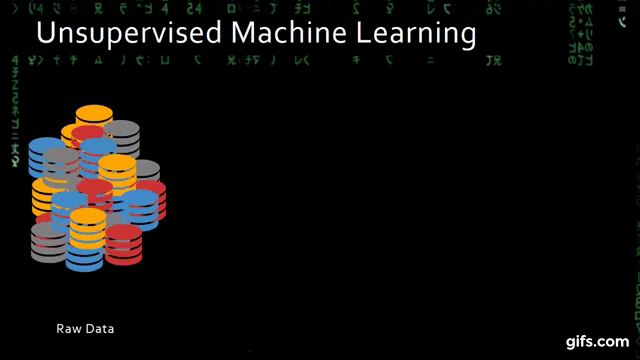Deep Learning is known as neurally organized or as learning of various levels. It is one piece of an even more extensive type of group of the techniques used for machine learning in the aspect of learning and retrieving information, instead of undertaking the particular calculations. Also, learning could be directed, or semi-managed or even unsupervised.
Hence, careers in the field of Deep Learning renders organizations with different kinds of arrangements for systems in order to look after the issues of complex explanatory and also drives rapid developments in the counterfeit consciousness.
Complex undertakings such as- picture examination and discourse, can be performed with the help of models prepared by fostering calculations of deep learning amidst an immense amount of information.
These models of Deep learning are generally identified with the data preparing as well as with correspondence designs that are in a system of organic sensory, for example, the neural coding that attempts to characterize one connection between distinct data and the related reactions of neurons inside the brain. Therefore, a career in deep learning looks prospering.
What are the job positions that one can expect in the field of Deep Learning?
Mentioned below are the job positions that a person who specializes in deep learning can look out for:
- Research Analyst
- Data Scientist
- Neuroinformatics
- Image Recognition
- Research Scientist
- Deep Learning Instructor
- Full-stack deep learning web developer
- Process Engineer for Natural Language
- Software Engineer
- Data Analyst
- Data Engineer
- Bioinformatician
- Software Developer
- Research Fellow
- Applied Scientist
- A lead manager in Deep Learning
This shows that a career in Deep Learning has lots of options to make a future in.
 Career Outlook
Career Outlook
The information researcher hunts through enormous measures of unstructured as well as organized information in order to give fractions of knowledge; plus, it also helps to meet the particular business requirements or needs and objectives. Similar work needs to be done if you have pursued the Machine-Learning courses.
From where should you pursue the deep learning course?
Imarticus Learning is one of the best platforms to learn and help yourself make a future in the field of Deep Learning. Here, you will get to learn all the skills that are essential to becoming an expert in the field of Deep Learning. Because there are a number of skills and academic study required, Imarticus offers a ‘Machine Learning & Deep Learning Prodegree’, in association with the edtech partner, IBM.
It is the first-of-its-kind certification course of more than 145+ hours of training. This provides in-depth data science exposure, as well as, big data, machine, and deep learning as well. The meticulous curriculum-aligned as per the industry provides a comprehensive knowledge of Python as well as data science for a flourishing future and career in machine learning and big data as well. This program also stars seven projects of industry, various case studies as well as periodic interaction with industry leaders inside the ecosystem of machine learning.



 It is a fact that with increased intelligence and ability to perform tasks with accuracy, over the next few years it is predicted that close to three million workers will be reporting to or will be supervised by “Robot-bosses”.
It is a fact that with increased intelligence and ability to perform tasks with accuracy, over the next few years it is predicted that close to three million workers will be reporting to or will be supervised by “Robot-bosses”.

